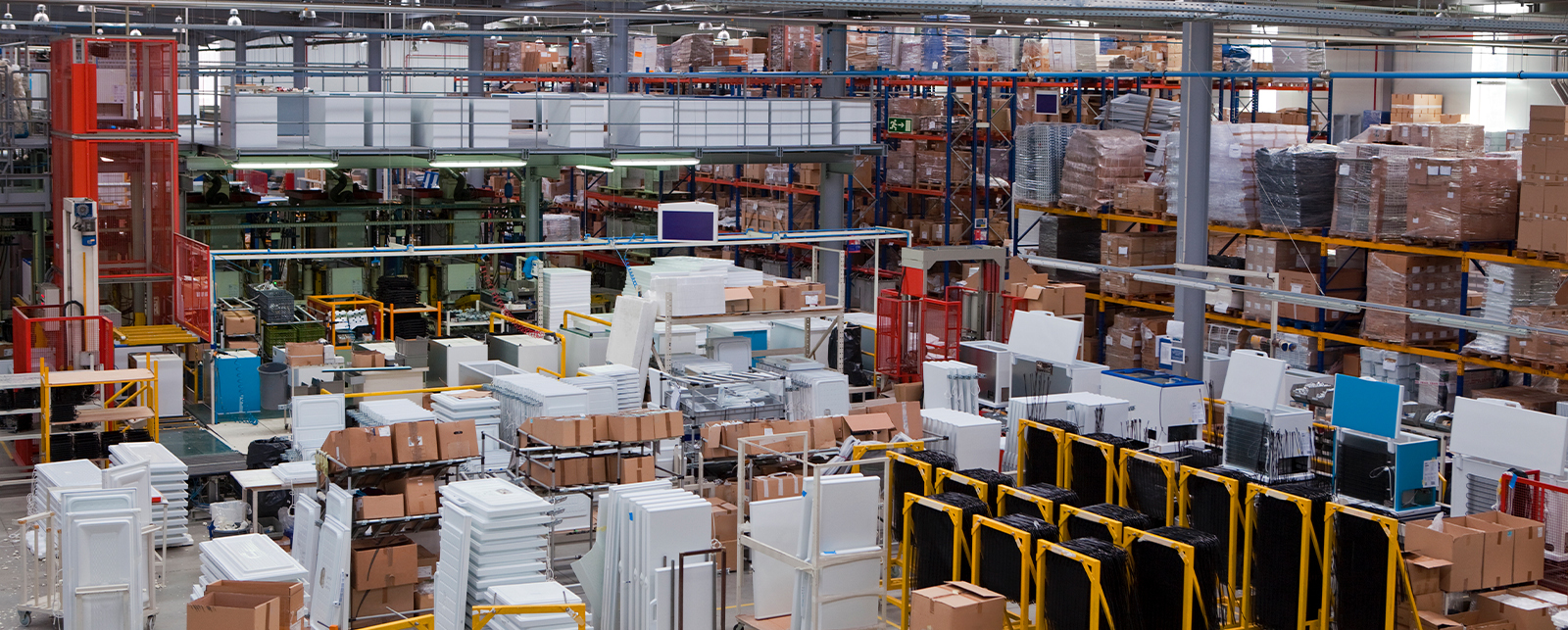

Since 2018, the fast furniture industry has taken its toll on the environment. Greenhouse gas emissions are up. So is waste accumulation. And it isn’t slowing down.
Consider this: Furniture production has skyrocketed from 2.2 tons in 1960 to a staggering 12.1 million tons in 2018. As production escalates, so does the distressing volume of furniture that ends its life in landfills or is incinerated. In 2018, a staggering 9.6 million tons of furniture went in landfills, while an additional 2.3 million tons were incinerated for energy recovery.* Keep in mind that this was 5 years ago. As climate change continues to threaten the planet, the furniture industry must take a long hard look in the mirror and adopt innovative strategies that minimize impact today – and are also sustainable into the future.
At One Workplace, we’ve been working hard on a paradigm shift through regenerative blending. Regenerative blending embodies a holistic approach that emphasizes the deliberate integration of existing or second-generation furniture with new furniture. It’s sustainable, circular, and, most importantly, healthier for the environment over the long haul.
The Best of Both Worlds
Simple but powerful – regenerative blending redefines the traditional linear model that the underpins wasteful fast furniture. It’s based on the fundamental understanding that sustainability goes beyond just a single aspect of a product. To be effective, any sustainable solution we apply to furniture must encompass the entire life cycle and ecosystem surrounding it – furniture designed for disassembly and reuse as well as healthy, sustainable materials. This creates an expansive, regenerative space for the entire furniture journey from design to production.
Minimizing Waste. Maximizing Value.
Whenever we discuss sustainability in the furniture industry, tradeoffs lurk somewhere within the conversation. Value vs environment. Immediate needs vs long-term planning. Regenerative blending gives us a third, more viable solution that minimizes more waste and creates more value. As we extend the lifespan of existing and second-generation furniture while blending it with newer solutions, we’re no longer trapped into an all-or-nothing approach.
Regenerative blending is a big step toward a smaller footprint. As the demand for sustainable and socially responsible solutions continues to gain momentum, it may very well represent the pinnacle of innovation and environmental stewardship in the furniture sector. Through this approach, we are redefining the relationship between furniture, sustainability, and responsible design, paving the way for a more circular and regenerative future.
*EPA. (2023). Facts and Figures about Materials, Waste and Recycling: Durable Goods: Product-Specific Data. United States Environmental Protection Agency. Retrieved January 25, 2024, from https://www.epa.gov/facts-and-...